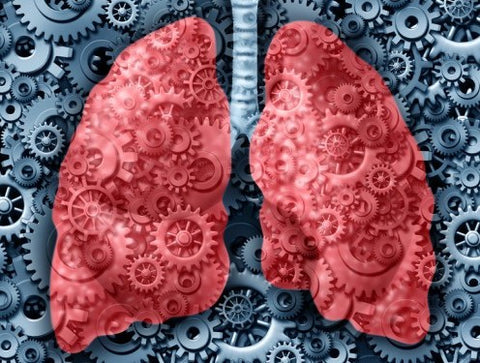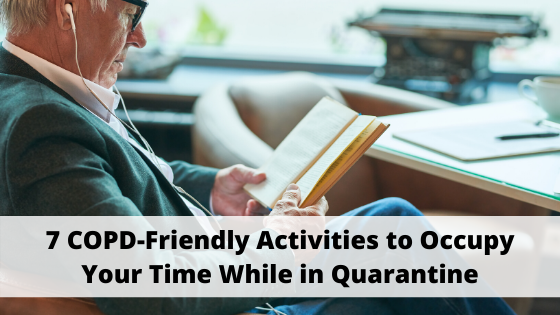Respiratory Resource Center - LPT Medical
New Research Study: Can Hydrogen Be Used to Treat COPD?
Air Pollution, occupational dust, chemical fumes, cigarette smoking as...
Read More7 COPD-Friendly Activities to Occupy Your Time While in Quarantine
If there’s one thing that we’ve learned from the...
Read More7 Reasons Portable Oxygen Concentrators are Great for In-Home Oxygen Therapy
Here at LPT Medical, we’ve always taken pride in...
Read More


